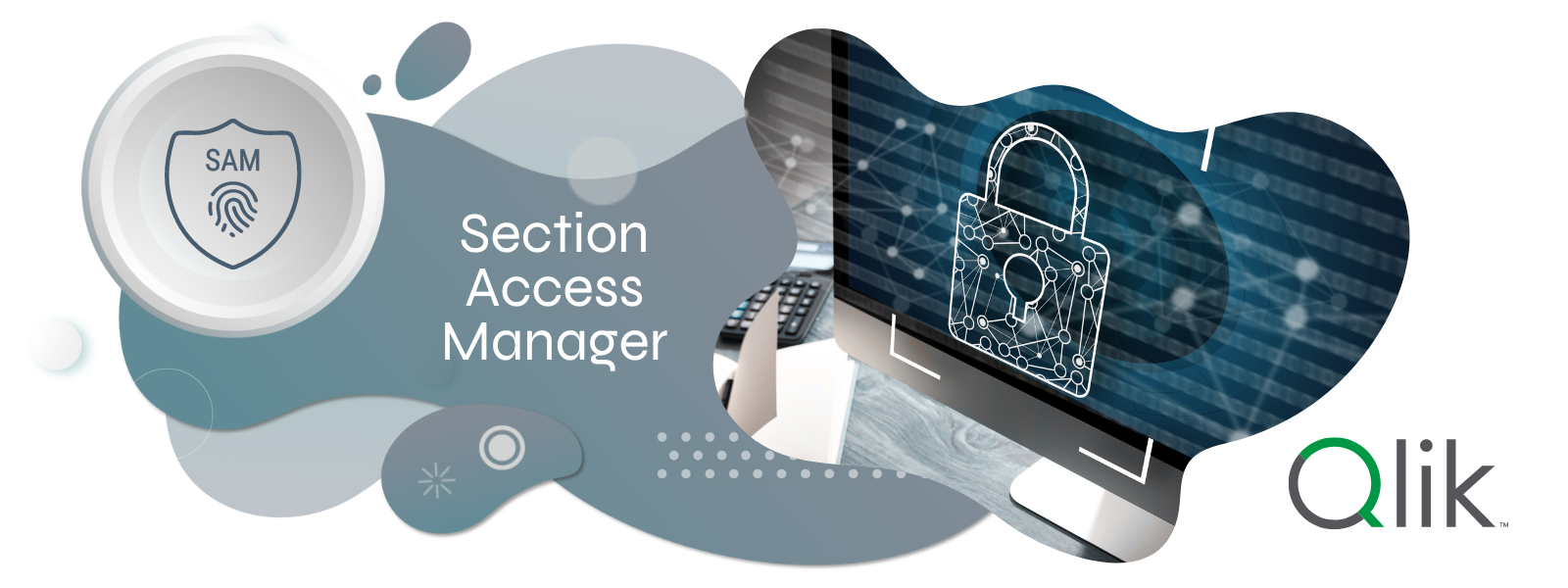Understanding Section Access Automation in Qlik Sense
In the world of data analytics, securing sensitive information while ensuring the right stakeholders have access to the data they need is crucial. Qlik Sense, a leading data visualization and analytics platform, offers a robust feature known as Section Access to handle this delicate balance. Automating Section Access can streamline processes, enhance security, and improve efficiency in managing data visibility. Here’s how you can automate Section Access in Qlik Sense to optimize your data governance.
What is Section Access?
Section Access is a security mechanism within Qlik Sense that controls user access to specific data within an application. It uses a combination of security tables and script syntax to define user permissions, effectively creating a dynamic data reduction system. This ensures that users see only the data they are authorized to view, which is crucial for maintaining data confidentiality and compliance with data protection regulations.
Setting Up Security Tables
The foundation of Section Access is the security table, which you can set up directly in the load script of your Qlik Sense application. This table specifies the access level of each user or group of users, defining who can view what data. Typical fields in a security table include:
- ACCESS: Whether the user is an ADMIN or USER.
- USERID: The identification of the user.
- PASSWORD: User authentication (optional based on security requirements).
- REDUCTION FIELD: Fields that determine which data subset a user can access.
Automating Section Access
Automating Section Access involves scripting and setting configurations that streamline the management of user access without manual intervention. Here are key strategies to automate Section Access in Qlik Sense:
01 Dynamic Data Reduction
02 Integration with Identity Providers
03 Using QVDs with Section Access
04 Scheduled Reloads with Impersonation
Guidelines and Tips for Effective Implementation
- Test extensively: Before going live, simulate various user scenarios to ensure that access restrictions work as intended.
- Keep it simple: Overly complex Section Access rules can lead to maintenance challenges. Aim for clarity and simplicity.
- Document your setup: Maintain clear documentation of your Section Access configurations and automation scripts. This is crucial for troubleshooting and audits.
Conclusion
Automating Section Access in Qlik Sense not only enhances security but also reduces the administrative burden associated with manual updates to access rights. By leveraging dynamic data reduction, integrating with identity providers, and utilizing advanced scripting, organizations can ensure that their data governance frameworks are both robust and efficient. As data landscapes continue to evolve, automating Section Access will be key to maintaining the integrity and confidentiality of business-critical information.

